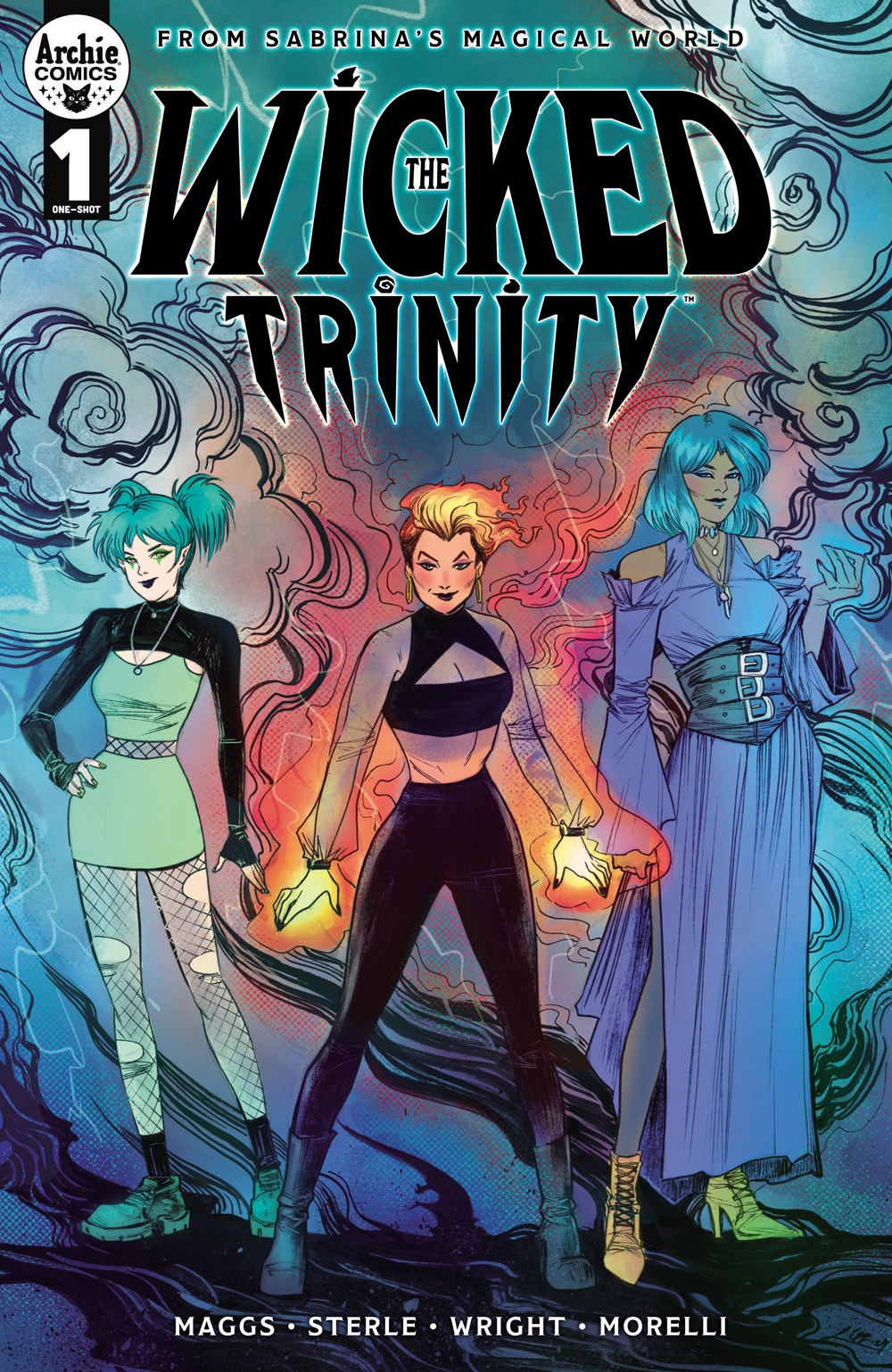

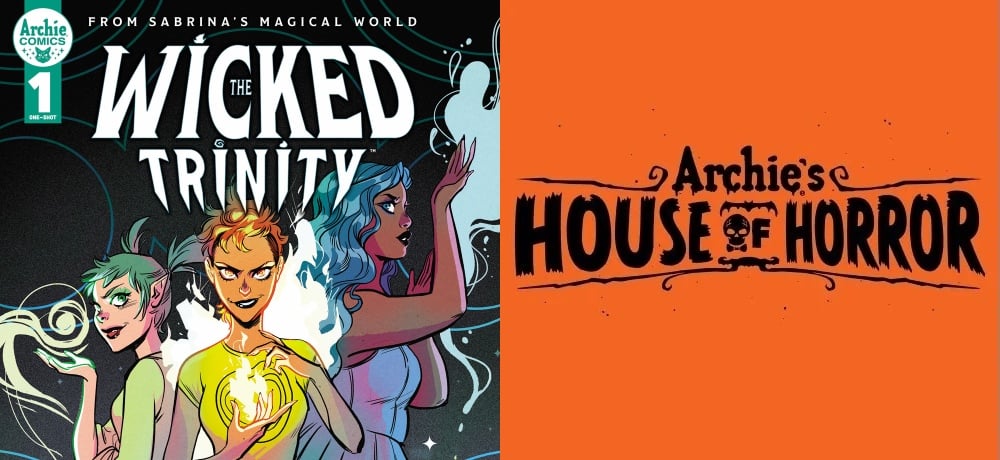
Where are all my witches at?
I, like many women of my age, spent a formative part of my youth enamored with the idea of witches. While Buffy the Vampire Slayer wasn’t quite my bag, I adored Charmed. My VHS copy of Practical Magic got more play than a yo-yo (this was the ’90s, after all). And, of course, I was an avid viewer of Sabrina the Teenage Witch.
Did I myself dabble in magical arts, though? No, and I won’t pretend I did either. But man, did I so often wish that one day I’d just wake up with magical powers. I also wished I’d wake up one day and have a twin, too, as I also voraciously devoured the T*Witches novel series.
When it came to classic Halloween tropes, witches often received the lightest treatment for a long time. Witch media, post the long-standing green-face, wart-nosed, pointy-hat likeness instead conjured up images of waifish young women, fashionable attire, and wiggling noses.
It’s funny how the one thing closest to reality and had the most horrific true backstory made for some of the tamer representations in media.
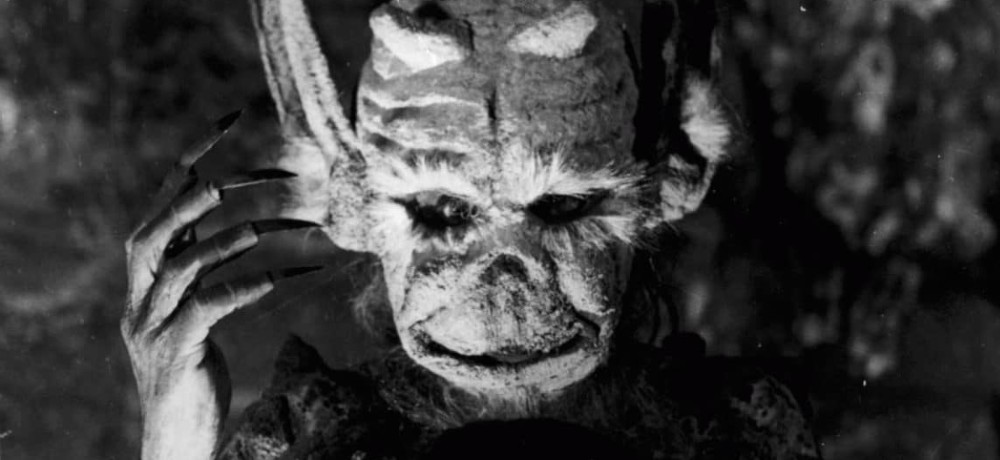
While leaning into the more horrific side of witch lore and the dark arts seemed to boom in the modern era, some much, much earlier pieces of media explored this idea more. The first to grace the silver screen was Häxan: Witchcraft Through the Ages. This Swedish silent film was released in 1922 and showcased a series of dramatic vignettes charting the historical roots and superstitions surrounding witchcraft, spanning the Middle Ages through the 20th century. Presented in a documentary style, Häxan manages to blend terror and dark humor in a film that is as unnerving to view today as it was upon its release over one hundred years ago. (Also, an added fun fact: Robert Hack’s variant cover of CHILLING ADVENTURES OF SABRINA #3 was a tribute to the poster art for Häxan).
Jumping ahead a few decades, Black Sunday, released in 1960, is an Italian gothic horror that takes place in Moldovia and tells the story of a witch brought back from the dead aiming to get revenge on those who killed her. Its blend of fantastical visual witchcraft, atmospheric stylings, and lead actress Barbara Steele’s (who would go on to become a notable Scream Queen) gorgeous looks made this an unforgettable film that still invokes fear in its viewers over sixty years later.
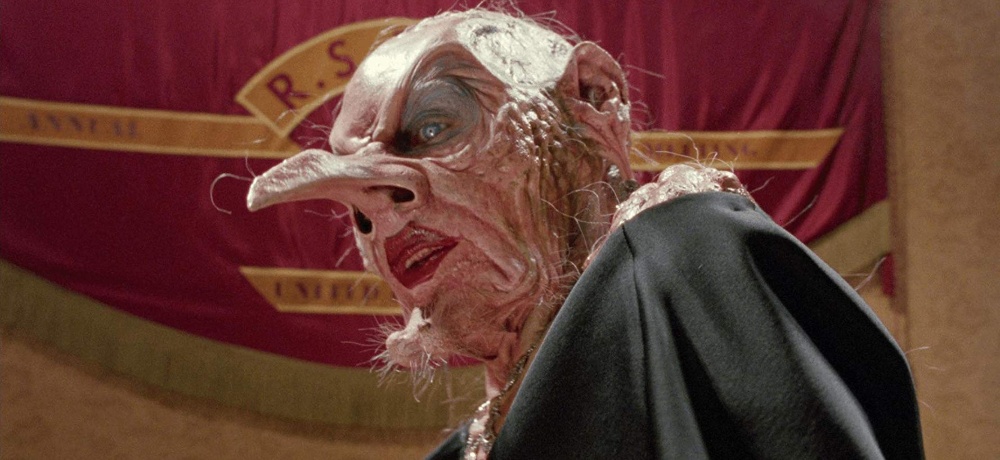
Let’s speed things up three decades later with one folks might be slightly more familiar with—1990’s The Witches, directed by Nicolas Roeg and based on the novel of the same name by Roald Dahl. A film based on a children’s novel shouldn’t be as frightening as The Witches (and that’s even with a tamer ending, much to Dahl’s distaste), and yet the grotesque makeup and horrifying practical effects made it one that would embed itself in the brains of ’90s kids for decades to come. The Witches tells the story of a group of, you guessed it, witches (led by The Grand High Witch masterfully portrayed by Anjelica Huston) who aim to turn children into mice. A fairly innocuous, classic witch premise heightened by the visual components that managed to harken back to classic witch representations with even more horrific attributes (thanks to the Jim Henson Creature Shop).
And then, of course, I couldn’t ramble on about witches in media without talking about The Witch, released in 2015 (featuring Anya Taylor-Joy in her first starring role), which is likely the most frightening and realistic depiction of the panic over witchcraft that occurred in the 1600s. Despite the limited screen time of the witch herself, her presence manages to chill every time she appears, though the real horror comes from the psychological aspect of the family’s destruction due to her vengeful ways.
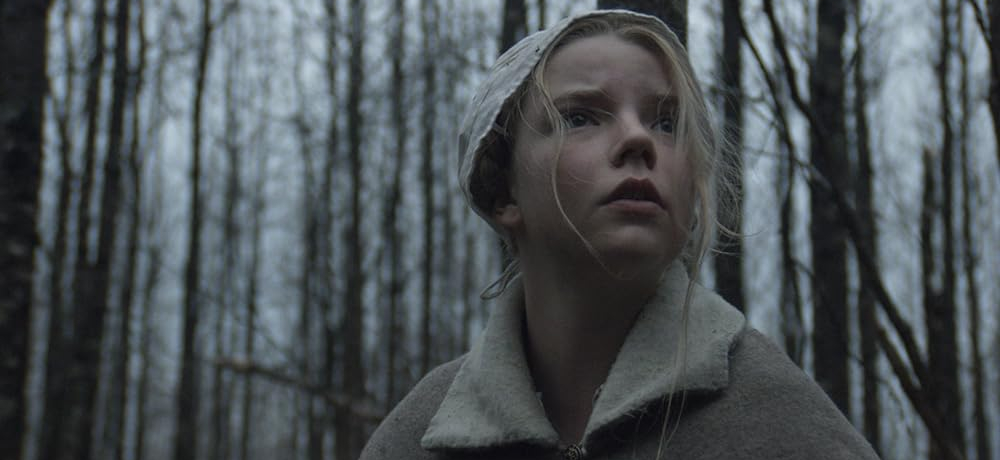
There would be one more interesting take on witches and magic just one year after the release of The Witch. 2016’s The Love Witch blended horror with comedy in a retro-stylized tale of a modern-day witch who uses magic to get men to fall in love with her, often to disastrous results. The witch future, in this film, was a metaphor for women in general, examining women’s innate powers of intuition as well as looking at love and desire from a feminist perspective.
THE WICKED TRINITY from Archie Comics pays homage to many of the witch media and lore that came before, while weaving a tale all of its own. A huge influence on this title was a little movie released in 1996 called The Craft. In many ways, The Craft was the opposite of Sabrina the Teenage Witch. These were teen girls who practiced magic for their own nefarious gain and suffered the consequences of their actions; it makes sense that The Wicked Trinity (comprised of Amber Nightstone, Jade Kazane, and Sapphire Gill) would be modeled in many ways after Nancy, Bonnie, and Rochelle, as they are Sabrina’s nemeses. And since THE WICKED TRINITY is an extension of Sabrina’s magical world, those elements of humor as seen in movies like Mean Girls or even The Love Witch act as a balance to the serious repercussions of their magic.
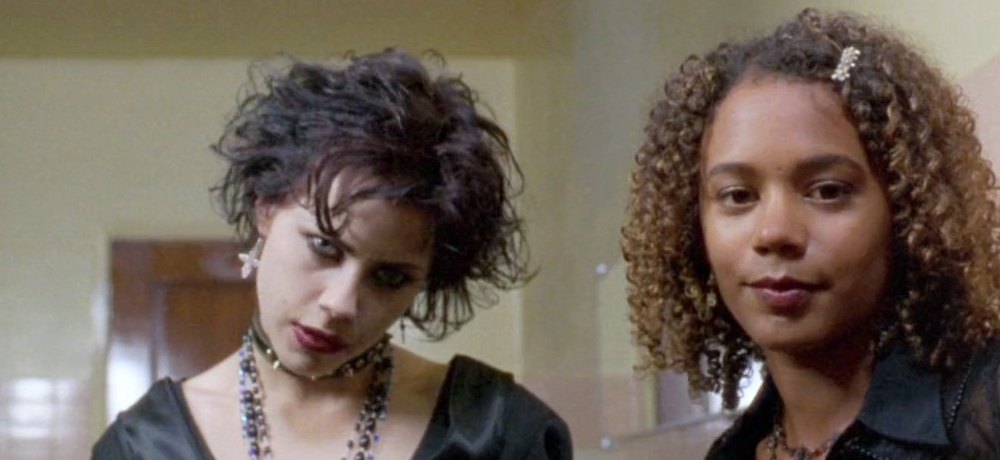
All Amber, Jade, and Sapphire want is to practice their magic openly, without prejudice. And maybe also to use their magic against those who have wronged them. And get a little vengeance on some other witches they don’t like too much… okay, innocent these teen girls are not. But there’s still something to be said about the radical pursuit of staying true to yourself and being able to live the life you want openly.
After all, who wouldn’t want that? Witches and mortals alike.
---------
Read on for additional details on The Wicked Trinity, and go here to catch up on all of the past installments of Archie's House of Horror!
The Wicked Trinity
Sabrina’s magical nemesis Amber Nightstone and her sidekicks, Jade Kazane and Sapphire Gill, are intent on becoming the most powerful witches in the world. Isolated from so many around them, the three have formed a coven based on their individual needs for vengeance and true freedom. But when there is some dissent among the ranks, their small coven is threatened to be obliterated from within. *Retailer orders for all covers placed by FOC date will be 100% returnable (no minimum)*Script: Sam Maggs
Art: Lisa Sterle
Colors: Ellie Wright
Letters: Jack Morelli
Cover: Lisa Sterle
Variant Cover: Soo Lee
On Sale Date: 6/12
32 pages
Cover Art by Lisa Sterle:
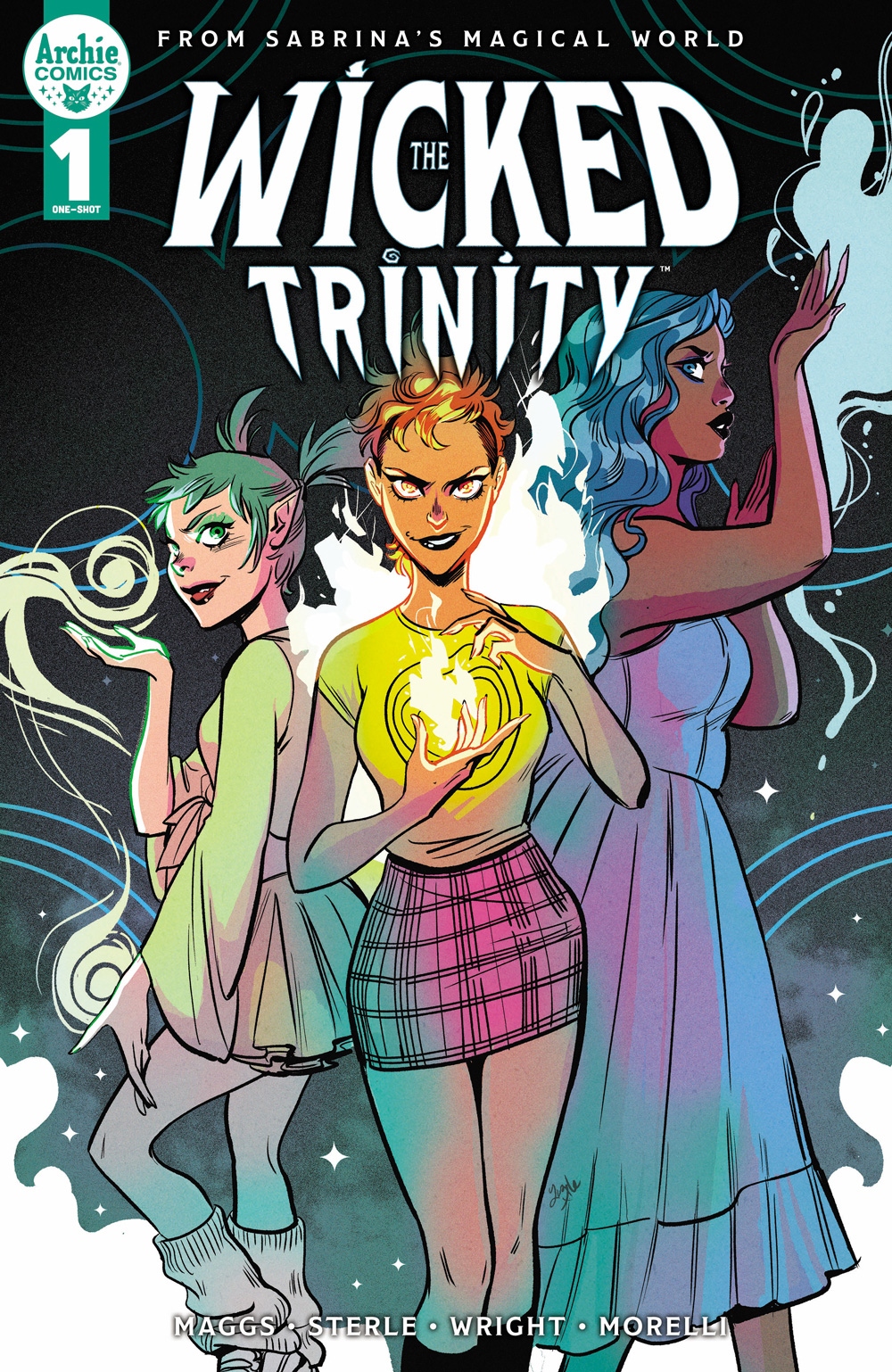
Variant Cover Art by Soo Lee:
